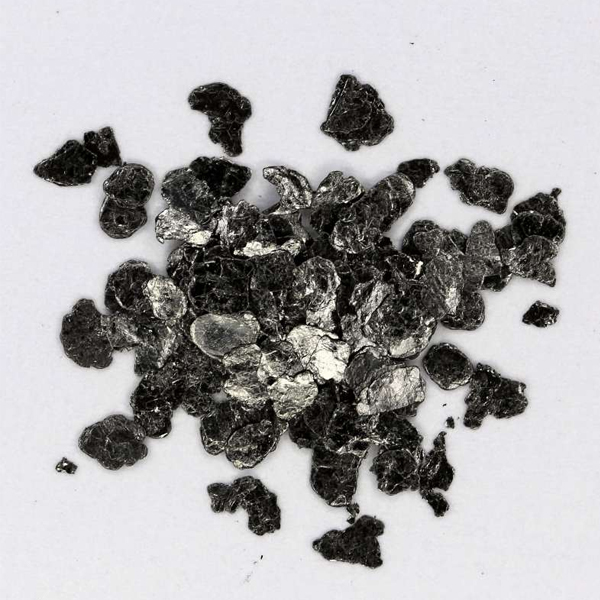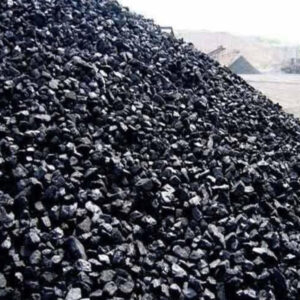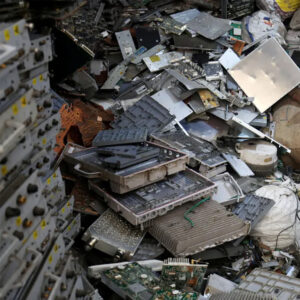Description
The knowledge of the distribution of trace elements in drinking water serves as the basic information for the future researchers to select the elements for controlled study and in establishing their critical limits. This will surely help to have a better idea in taking further steps for possibly enhancing the quality of drinking water in the state. A comparison of the value obtained with the critical values available helps one to have more insight of the problem. The result suggests the needs for close monitoring of these trace elements in drinking water and improves the water quality in the state so that the water reaching our home must be crystal clear and safe to drink. Many of environmental health problems are the result of long-term, low-level exposure to heavy metals as drinking water plays a key role in environment-human health interactions. Statistical analysis of the trace elements also shows that certain toxic elements like Cu, Cd which can cause damages to human health have a strong positive correlation with other elements. So, the increase of one element may increase the concentration of other element in treated water. Constructed wells should be properly located for best sources of water for domestic use which is less likely to be contaminated than water from surface sources like streams, lakes, and ponds as these are almost contaminated and require proper treatment for domestic use. High accumulation of these metals can be released into the aquatic environment as a result of leaching from bedrocks, atmospheric deposition, water drainage, overflow from riverbanks, and discharge of urban and industrial wastewaters. Many of heavy metals are among the most persistent of pollutants in the aquatic ecosystem because of their resistance to decomposition in natural conditions. Treatment systems should be checked routinely to detect possible problems and further development of the guidelines to ensure the quality of water as a source for drinking.



